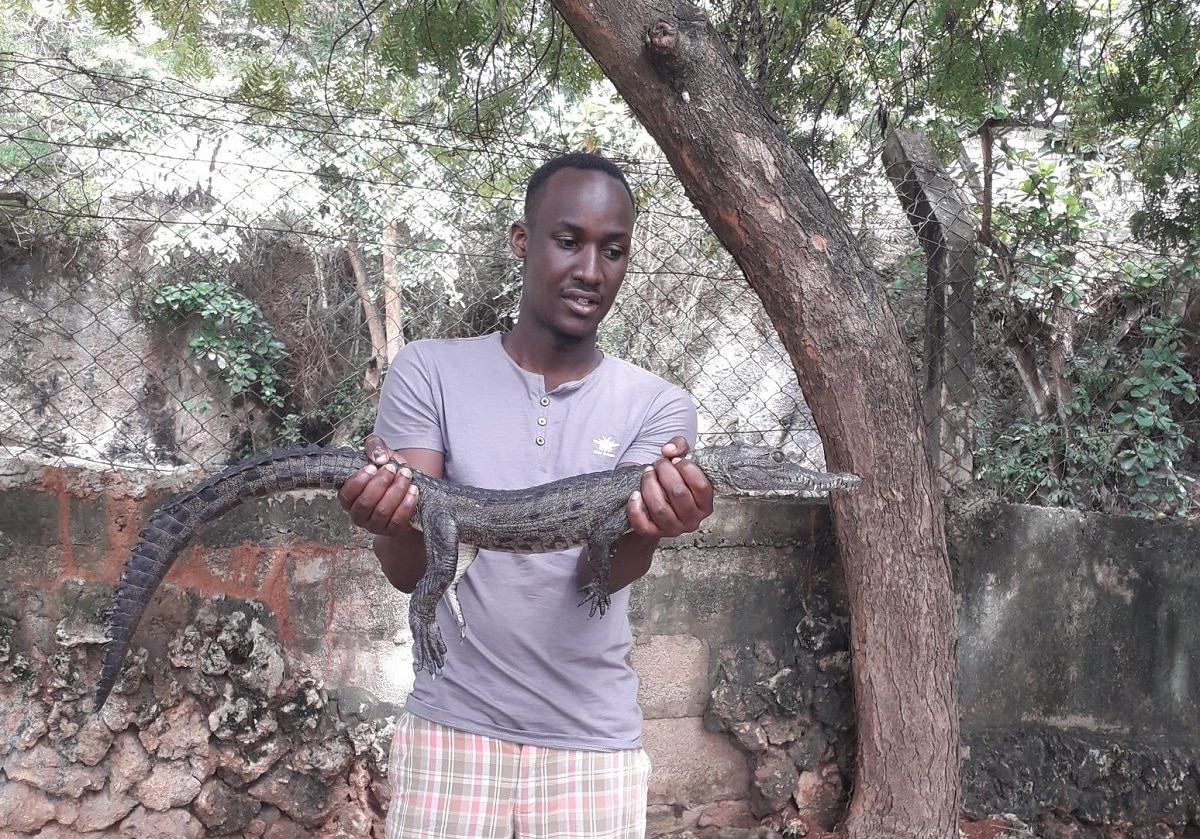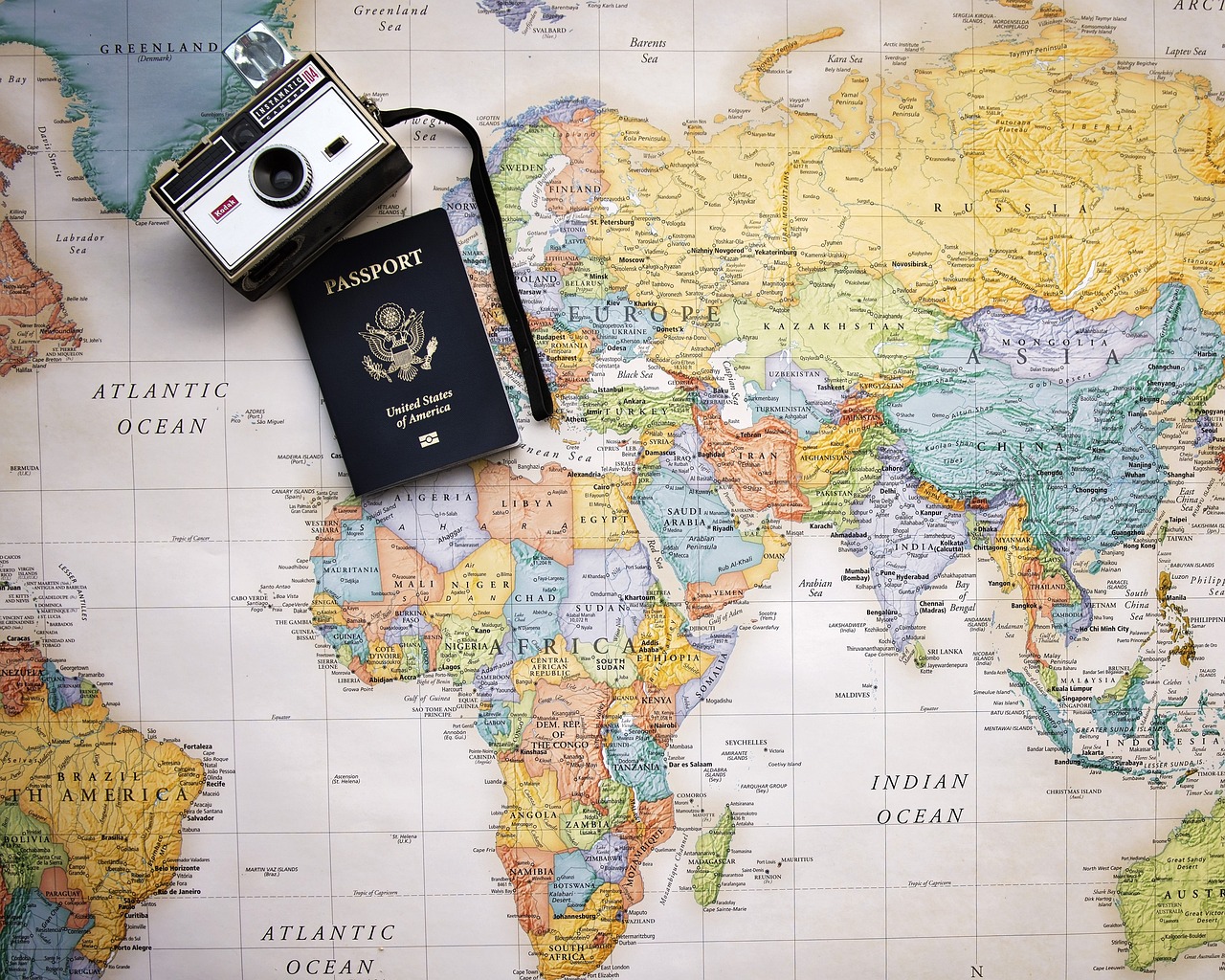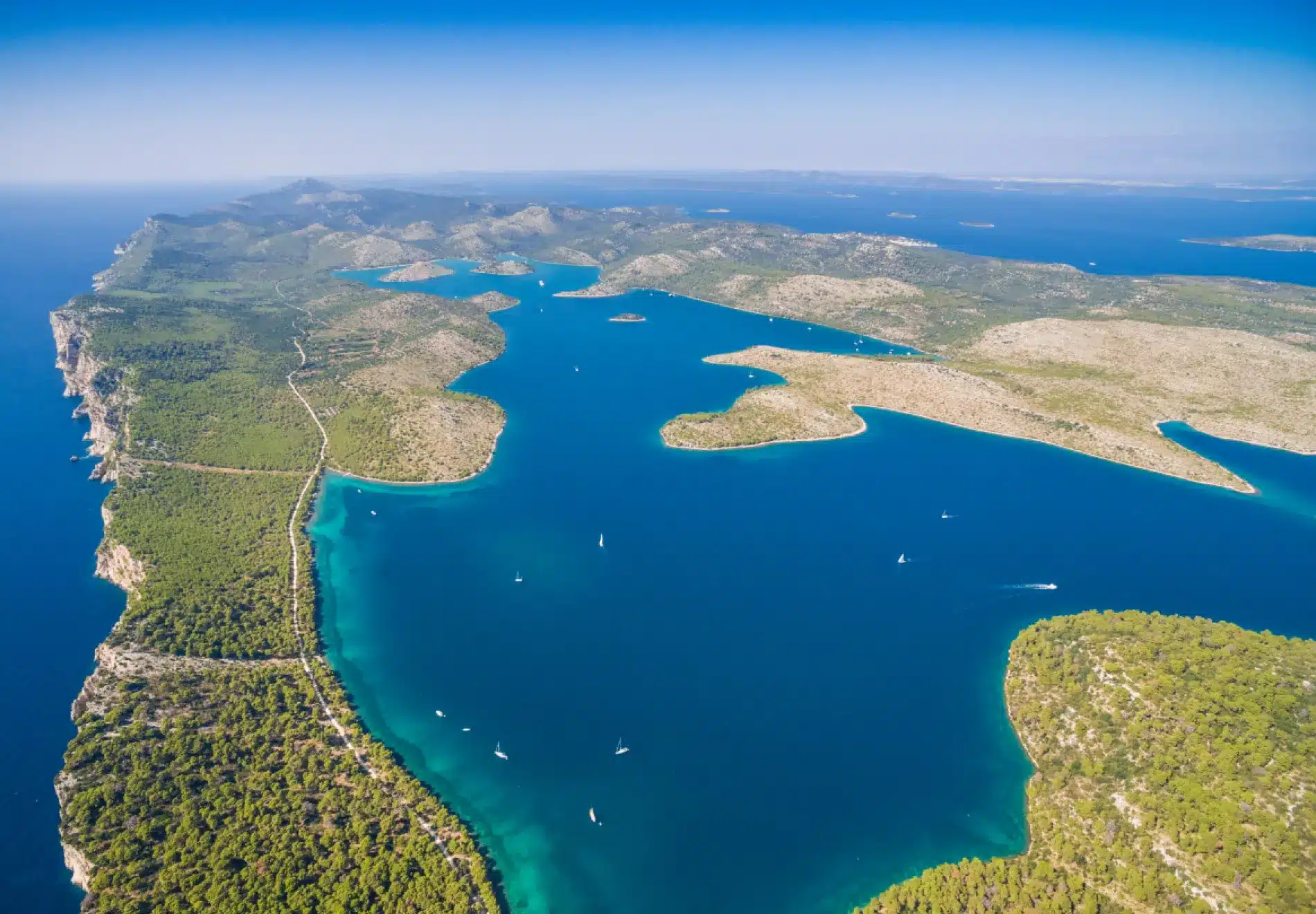We live in a world where ease and convenience have become the backbone of our livelihood. But what happens when you have no matches and gasoline to make a fire? Or you don’t have GPS to help you find your way? It is easy to forget how dangerous the wild can get in a world where everything is at a click of a button. Today, even when people go hiking or camping, these gadgets are brought along to aid in their adventure.
However, now and then comes a time when technology fails us, and we need to forge through using survival instincts. For example, imagine setting off on a hike and suddenly fighting for your life against a strong river current. This article will teach you how to forge through in the worst-case scenario.
Stay Calm
As an outdoor enthusiast, you are bound to find yourself in a pickle at least once in your life. For example, perhaps you set off for a group hike, and you get separated from the group. When in such a predicament, the first thing is to remain calm. You are likely to think better when you are calm and relaxed.
After a few breathing exercises, take inventory of your gear and see how you survive until the search party finds you. Hopefully, you carried the 10 essentials, which usually serve multiple purposes.
What are the 10 essentials?
The hiking society came up with the 10 essentials as a doctrine to the bare minimum requirements you must have before setting off for a hike. These are very important and usually serve more than one purpose. For example, if you got bitten by a snake, a climbing rope becomes a lifeline as you await medical attention.
Find a water source
Finding a water source in the wild can be tricky. But your survival largely depends on one. Here are a few tips that could prove helpful. Your best chance of finding water is a river or lake, therefore, think topographically and examine your map to see where you can locate the nearest one.
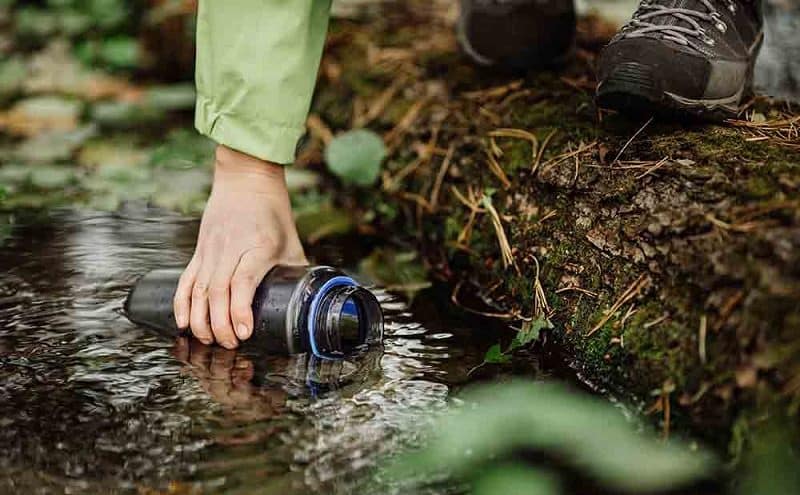
Also, look out for water found in bowl-like rocks or puddles. Given that it is the wilderness, most water collected will have to be decontaminated before consumption. So, make sure to boil it to rid of all pathogens.
If you are lucky enough and it rains in your hour of need, dig a hole and place an open container to collect the rainwater. During the winter season, melting the snow is the best move. Collect the ice in a pan and heat.
Find suitable campsite
When looking for the appropriate campsite, always look for high altitudes away from insect nests or trees that may have dead branches. In addition, it is much safer to camp in higher altitudes because you won’t encounter flash floods during the rainy seasons.
You can set up your shelter using broken branches and leaves to help keep you warm at night and hydrated during the day (in the dry season) as you wait for the rescue party. This site should be close to a river or lake if lucky enough. If you find yourself in much hotter terrain, dig a small hole to find a much cooler ground.
Make a fire
Fire is equally as important as shelter and water for survival in the wilderness. Fire will keep you warm, prepare meals, and keep bugs and insects at bay. Here are a few ways to make a fire in the wild.
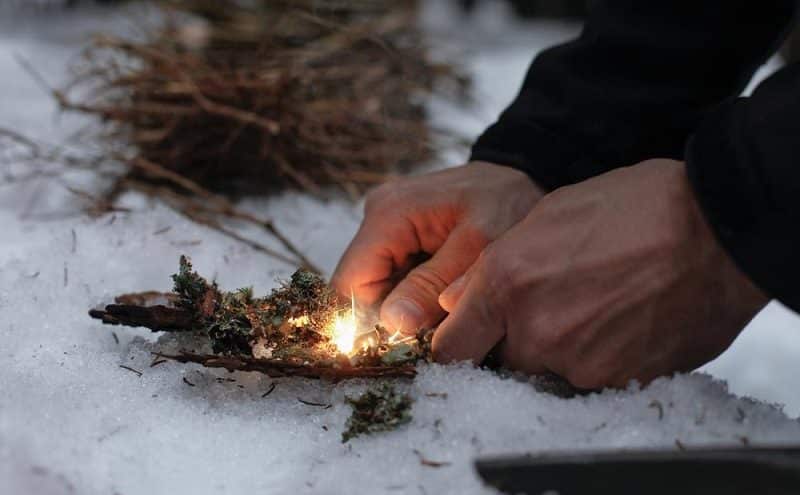
Collect dry sticks to create a tinder bundle. When starting a fire, ensure to keep it small. However, you can add dried leaves and branches if you want something more significant. Next up, strike a match or lighter and voila.
Matches are a must-have for every outdoor trip as they are easy to use. But if you find yourself in a predicament where the matches get wet, you must find other ways to get the fire started. One of the ways is using a battery. Connect the negative and positive terminals using a wire, steel wool or foil to create a spark for your tinder bundle.
Find food
Food is vital to survival in the world and the wild. Having meals in the wild will help keep you calm as you wait on the rescue team. Look through your food supply and diversify your diet as much as possible. Granola bars should buy you some time as they contain fiber and proteins, which help curb cravings.
In the worst-case scenario (you didn’t carry any granola bars, or they are done), time to go old school. Sharpen a stick and head to the lake or river for spearfishing. Also, survival might mean adopting a new menu such as bugs, lizards etc. Some plants and berries are also edible, but that requires some prior reading. So, do some research on which ones you can eat on doomsday.
Signal rescue team and navigation
Whereas survival is essential, I can’t imagine you eating bugs for the rest of your life. So, devise an action plan as this could save your life. For a start, look at the map and locate nearby rivers, taverns or mountains that you can use as bookmarks to retrace your steps. Then use a campus or GPS to go back to the pathway you came through.
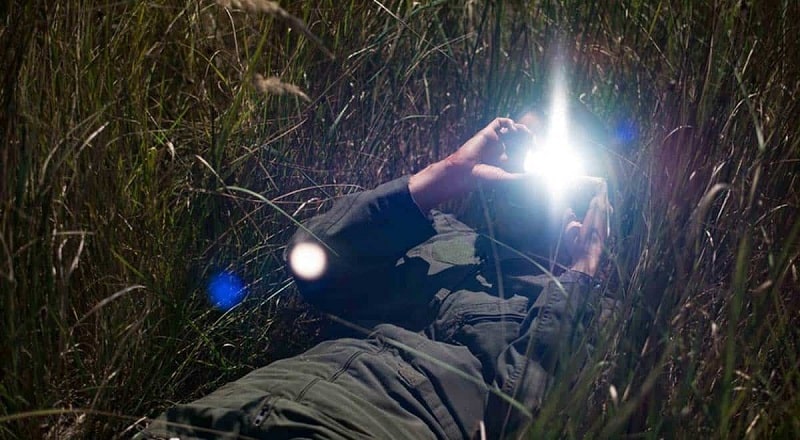
If you would rather wait for the rescue team, look for ways to signal them. For example, a bonfire is an excellent signal. Gather dry branches and foliage and set them a blaze. But you might want to do this from an open space to avoid causing wildfires. In most cases, the smoke from the fire can be seen miles away. Also, reflective objects such as mirrors could be used to signal flying helicopters.
Please Note: It is crucial to test all the mentioned tips before setting out for the trip. So get to the backyard and allow your imagination to run riot to get you ready for the time you might need any of the tips.

